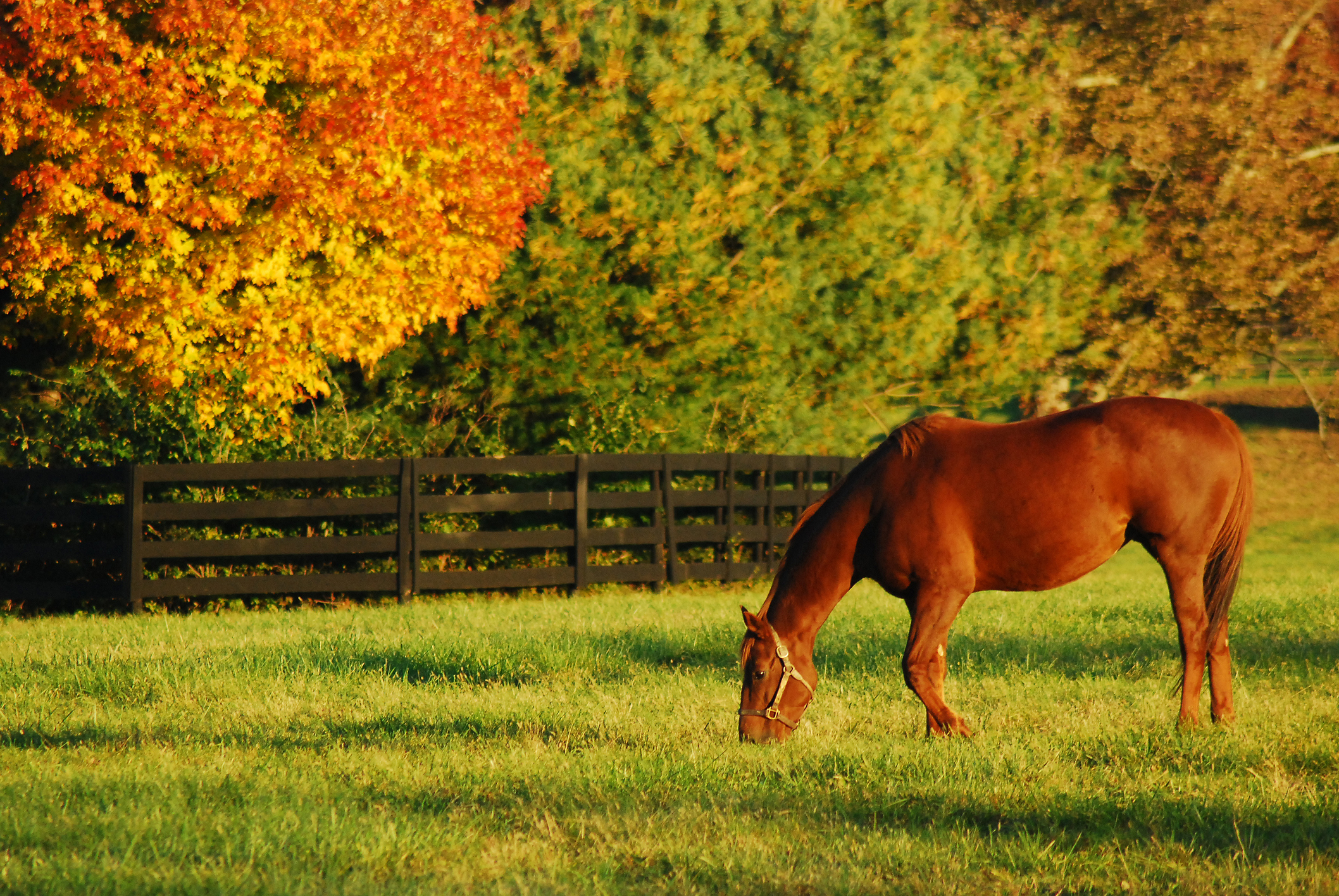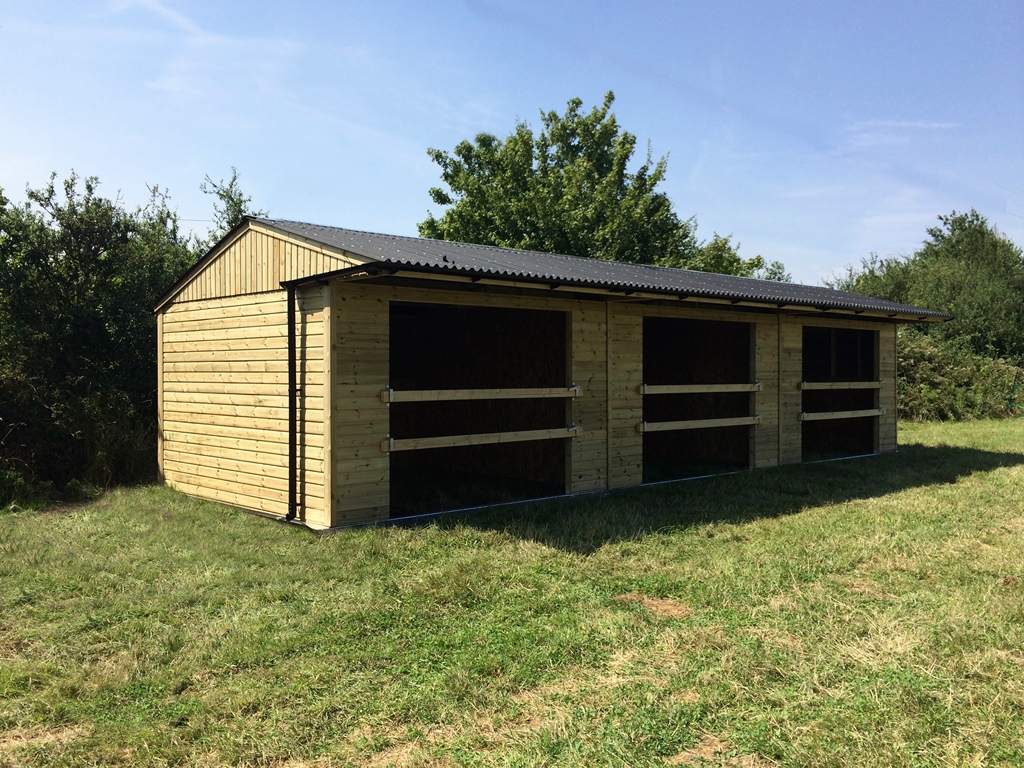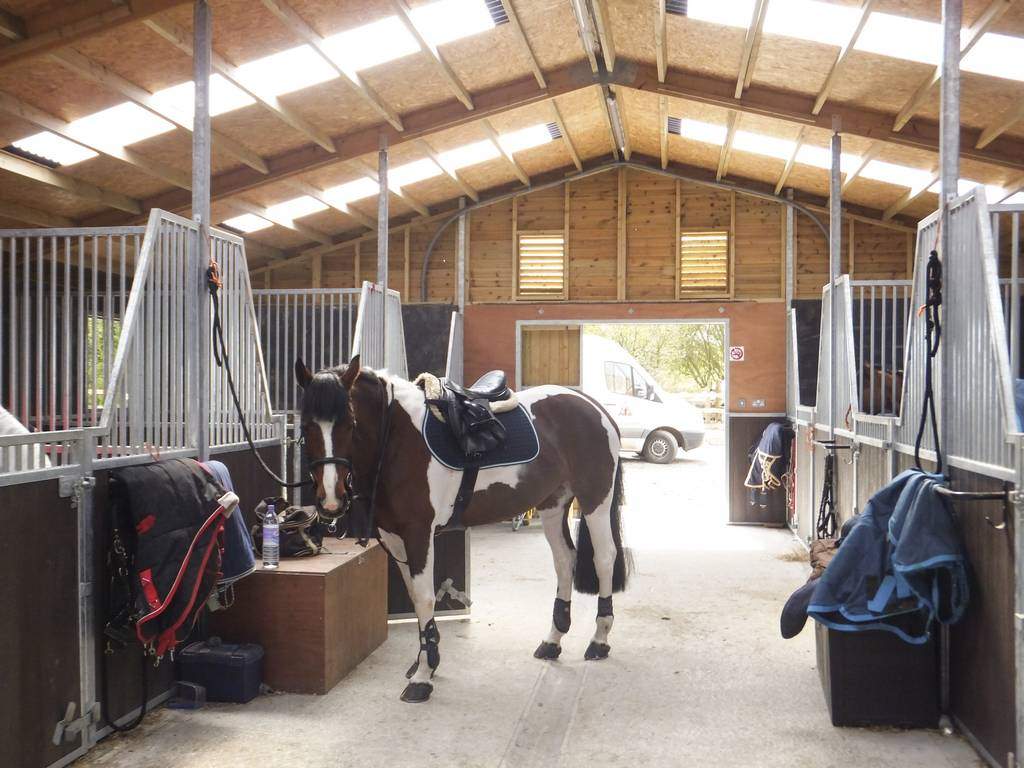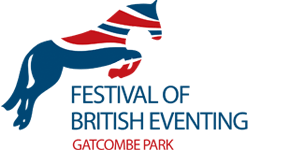Autumn brings common health issues that horse owners should be aware of. From managing nutrition, monitoring grazing patterns and maintaining the living space of our equines to safeguarding against respiratory irritants, navigating the equine wellness journey this Autumn requires knowledge, preparation, and a keen eye for detail.
Let’s take a look at the most common health issues for horses seen in Autumn and how to help prevent them.
Fall Laminitis & Pastoral changes
The grass is fresher and sweeter in Autumn because of the increased rain. Although this is a dream for your horse, if the intake is not managed and your horse eats too much of the ‘sweet grass’, their health can suffer.
Increased eating of the sweet grass could cause an insulin spike, leading to Fall Laminitis or Pastoral changes. Fall Laminitis and pastoral changes are horses’ most common health concerns caused by the weather change in Autumn.
Pastoral changes refer tro health concerns such as weight gain and insulin spikes. Fall Laminitis is a serious disease that affects the horse’s hooves and can even cause serious long-term issues.
Look out for signs of Laminitis or pastoral changes through the cooler months, such as hoof inflammation, discomfort, and weight gain.
To help prevent your horse from Laminitis or pastoral changes, you can:
- Ensure that the grass is kept shorter to prevent too much intake.
- Supply your horse with insulin-controlling supplements.
- Monitor your horse’s weight gain.
Indigestion of Dried or Wilted Leaves
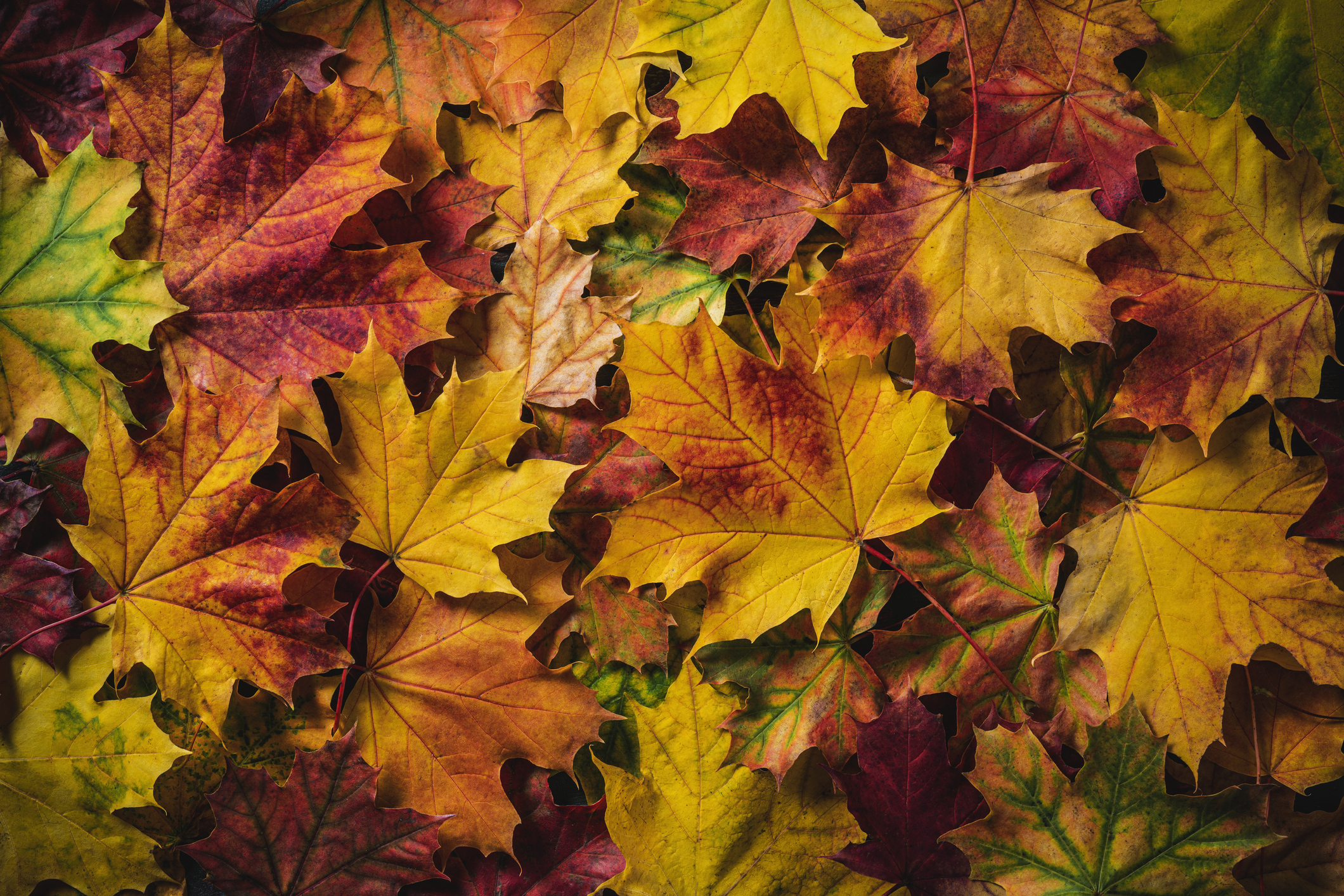
With the leaves layering the ground throughout the Autumn months, it is important to look out for certain leaves that your equine can digest. Dried maple leaves are related to toxicosis, which can lead to depression, anorexia, or discoloured urine.
Fresh red maple leaves are not toxic to Horses, but wilted or dried leaves are. When going for some well-needed exercise in unknown premises, look for what your horse can pick up.
Increased risk of Colic
As the temperatures drop throughout the Autumn, there are a lot of changes for your horse, such as a change in diet and spending less time outside. The temptation of grazing on that fresh grass for your horse is unbearable, and their sudden change in diet can cause an increased risk of Colic.
Colic is a very common clinical symptom in horses and can cause them a lot of discomfort and abdominal pain, often needing medical treatment. To reduce the risk of Colic, ensure your horse is getting the right supplements in the type of hay they eat.
Mud Fever
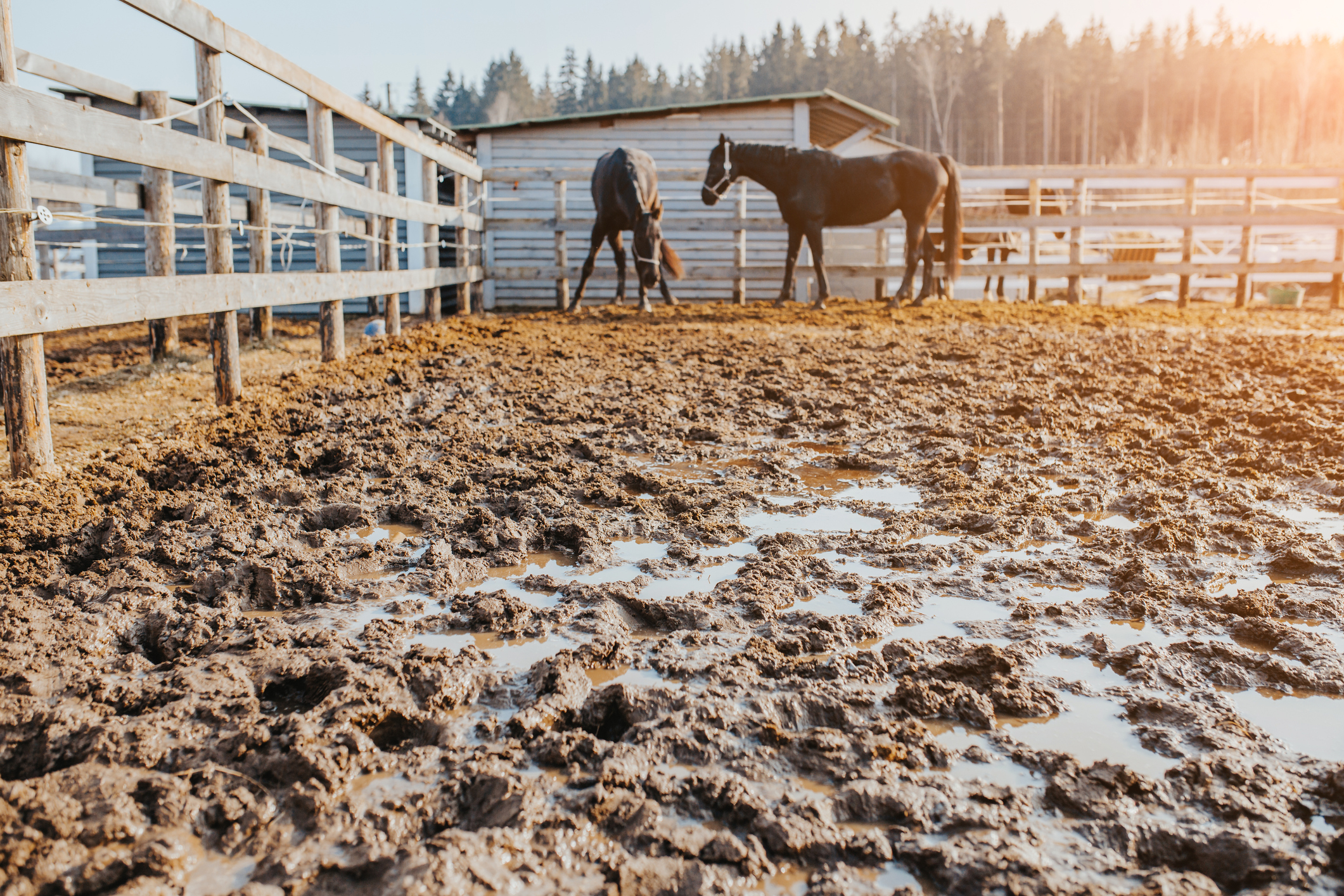
With the increased rain, pastures can get extremely muddy in the colder parts of the year. Mud fever is a non-contagious skin condition that usually affects the lower limbs of Horses.
Mud fever is a skin irritation caused by wet skin. Horses’ legs will likely be wet for longer in Autumn/Winter than in summer, when the warmth can dry them. The symptoms of Mud fever are irritation and dermatitis.
Consider closing areas that often puddle to prevent your horse from getting this skin condition. Avoid excessive washing, and when you do wash their legs, thoroughly dry them.
Seasonal Pasture Myopathy
As we all know, trees tend to decorate the ground in Autumn; however, this isn’t always pretty for your Equines as some things that fall from trees can be extremely toxic to them.
Sycamore trees drop their seeds, and if your horse digests them, it can cause Seasonal pasture myopathy, a muscle disease usually fatal in horses.
The symptoms of this can be very distressing for the horse and the owner having to watch. If your horse does digest these seeds, you may notice muscle weakness, fatigue, trembling, and colic symptoms.
Increase in Bugs and Bacteria
Bacteria and insects live in moist, muddy areas, and with the increased rain, pastures can become the perfect place to set up camp.
To avoid them from harming your horse, try to close areas that puddle, constantly clean and check your troughs for mosquitos.
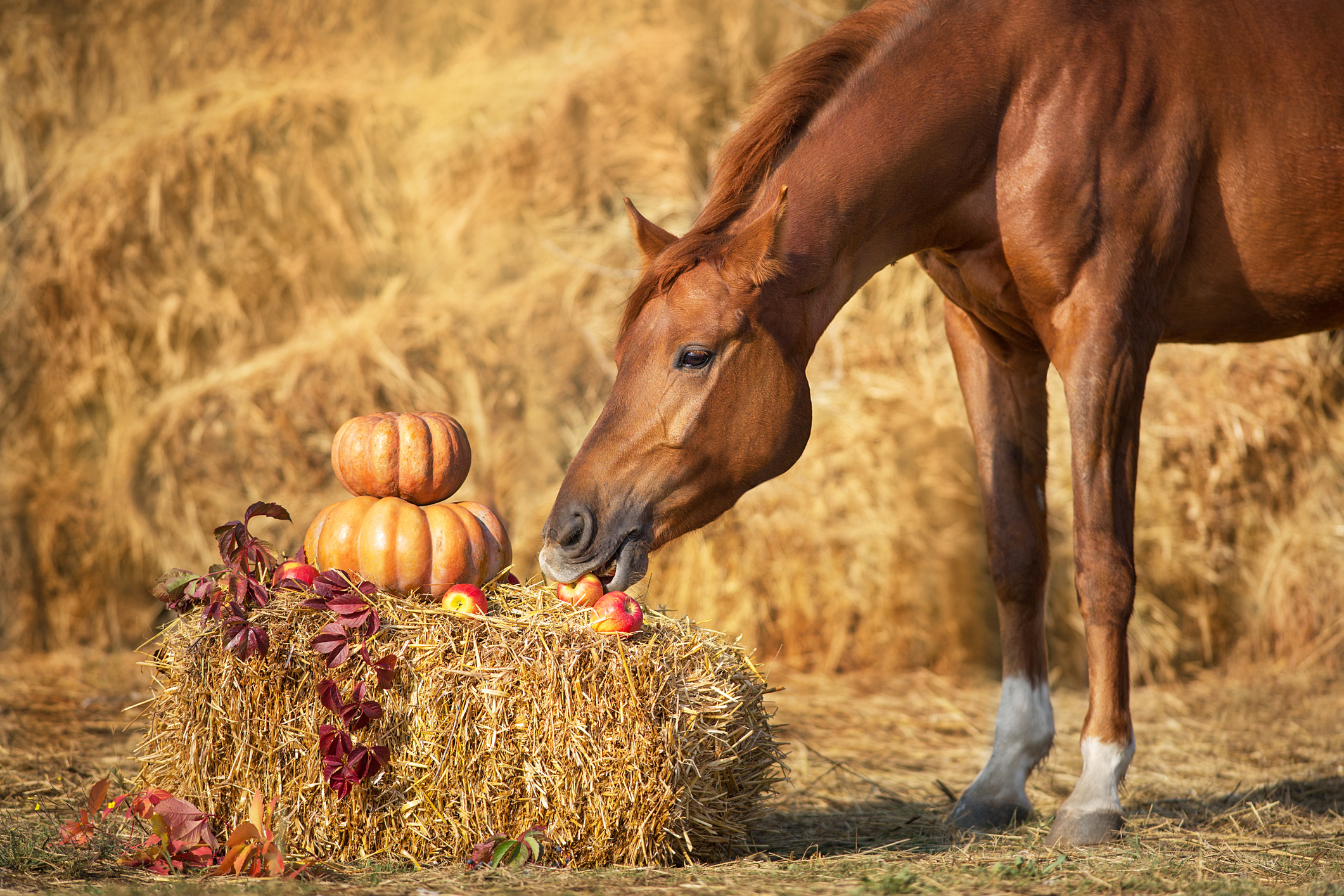
As you can see, many health issues can occur in horses during the Autumn changes in weather and lifestyle. There are many things to monitor, check, and maintain for our equines in the Autumn, including the horse stables and the pastures.
Caring for our beloved horses in the colder months can be more challenging over the warm summer months, but understanding what they need from us is a great way to ease the pressure.
At Jon William Stables, we help our clients get ready for Autumn each year around this time.
Field Shelters are a great way to offer protection from the autumn elements when your horses are out in the field. We offer a mobile range that allows you to place the shelter in the least muddy field!
We also provide hay barns that offer a safe, dry place to store food and grain to protect your winter storage from the weather, bacteria, and bugs.
Over the years, our stables and American barns have provided warm, dry shelter for hundreds of happy clients and their horses.
Ready to get your farm autumn-proofed? Give us a call, and let’s see what we can do. 01380 850 965
